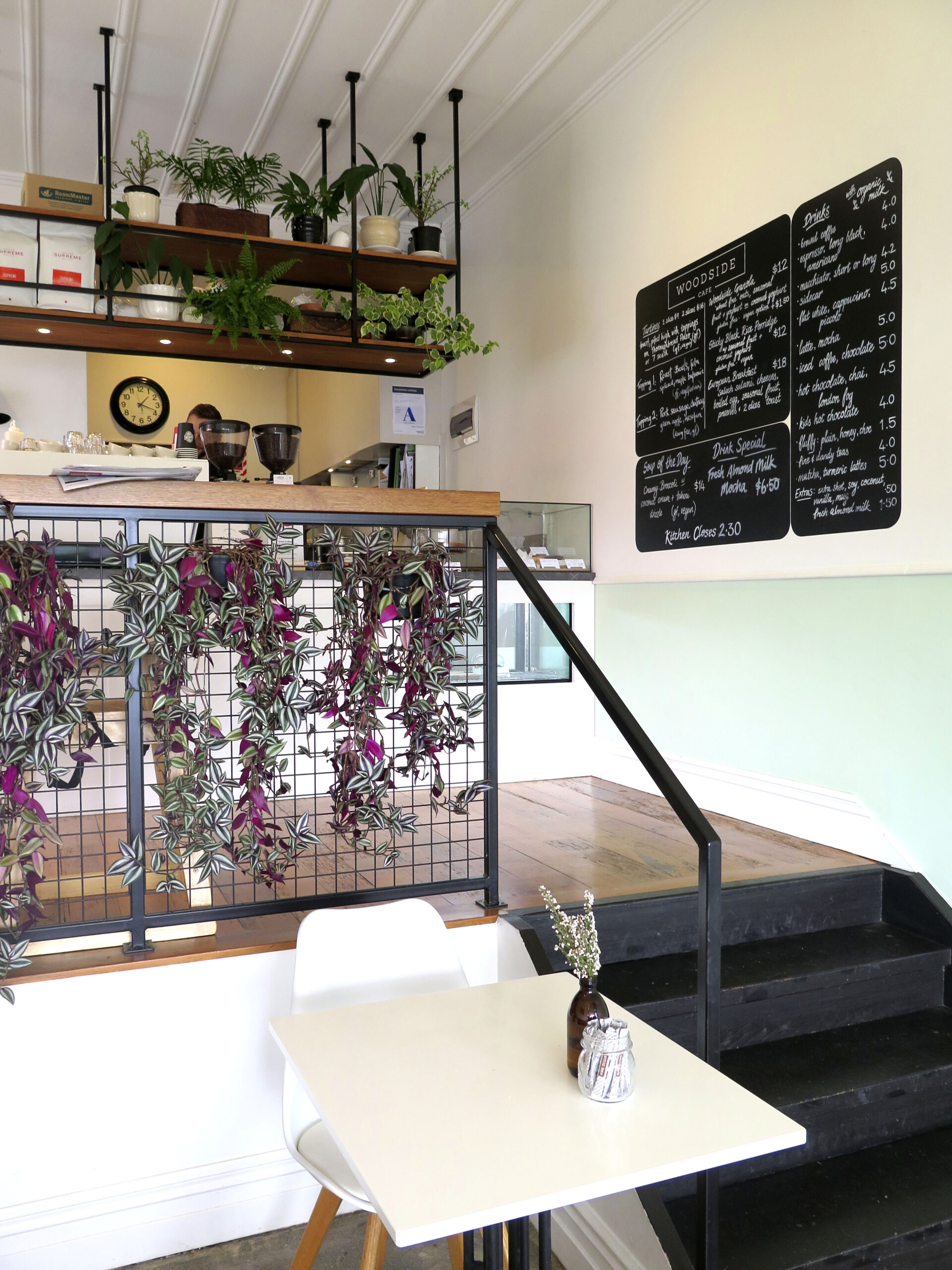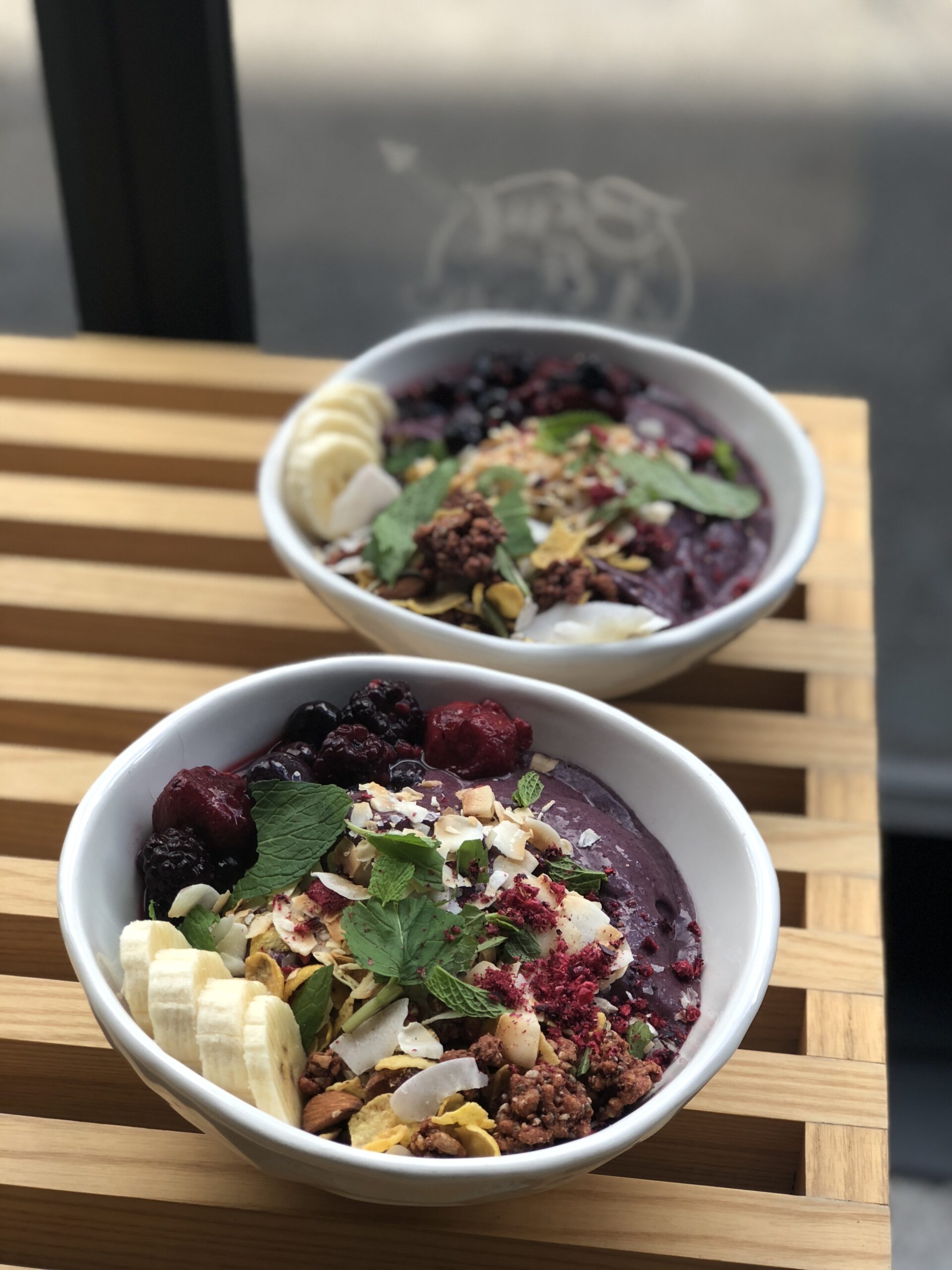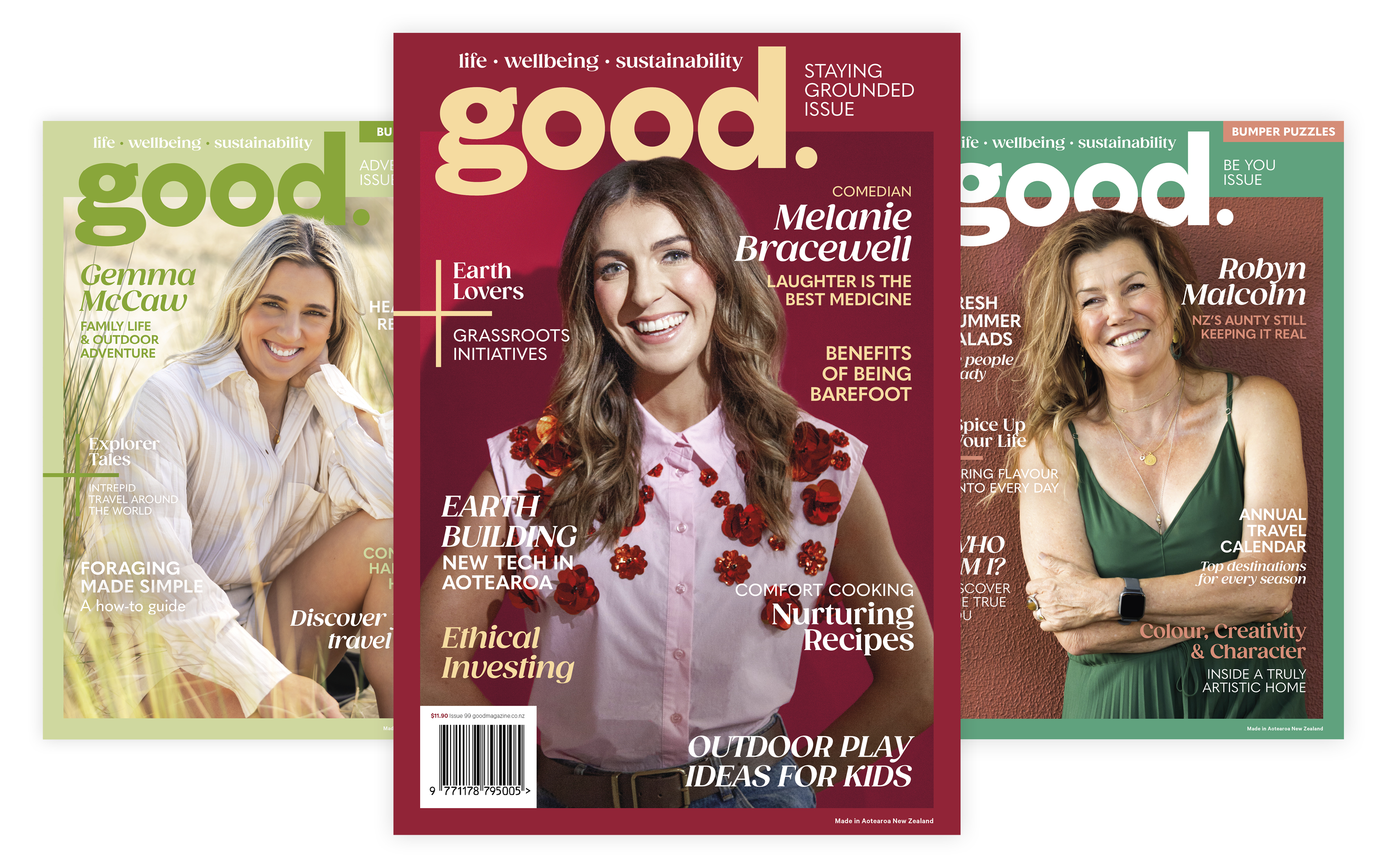Rosado, rosato, rosé or just plain pink. Suddenly, it’s everywhere and it’s no surprise to find that pink wine now constitutes between eight to 10 per cent of global wine production each year. And that is just still pink wine.
Sparkling pink wine is another story because it usually commands a higher price and tends to taste dry, most of the time.
Global growth in rosé over the past two decades has seen pink wine production soar everywhere from its traditional home regions around the Mediterranean, such as Provence, the Languedoc and the southern Rhone Valley in France right through to countries where rosé was barely heard of. Enter New Zealand, Australia, the United States and South America.
One thing that all rosé has in common is its colour. It is getting lighter globally in response to consumer expectations that pale pink wines taste dry and are better quality as a result.

In fact, colour does not determine the level of dryness. The notion that pale coloured pink wines taste dry comes from the long-term trend in the south of France to make pale pink wines that also happened to be dry. The classic grape varieties used to make rosé in the south of France are the reason why. Grenache and cinsault are two of the main grapes used to make rosé and grenache is particularly well suited to making pale coloured wines because it contains low levels of anthocyanins, which carry colour in grape skins.
Fast forward to New Zealand’s growth in rosé, which has risen at the same time as pinot noir production. Pink wine began as something of a by-product here in New Zealand and was, in its early days, a result of a method called saignée (French for bleed). This technique is used to maximise the depth of colour in wine, such as Pinot Noir, by draining off some of the juice during fermentation to make a pale, dry rosé.
Dry wines are made by fermenting all of the natural sugar in grapes into alcohol. Wines contain residual sugar and taste fruitier, if they have not been fermented to full dryness.
Rosé remains incredibly popular in Europe’s warm wine regions where it utilises the readily available red grapes and makes a wine that tastes more refreshing than big reds, especially in hot weather.
And what to eat with it? Slivers of hot smoked salmon on a warm baguette or cool fresh sashimi make a mouth-wateringly good start.
Try these three

2023 Q Rosé Waitaki Valley, $33. Rating 18.5/20
This dry rosé comes from one of the smallest wine regions in the country, the sweepingly beautiful Waitaki Valley, where Pinot Noir dominates the red wine scene (small as it is) and succulent juicy flavours define the wines. Waitaki has a cool climate and grapes take a little longer than usual to ripen, which in part accounts for the depth of colour – medium pink – in this satisfyingly concentrated wine. Flavours of watermelon and dried strawberries lead the flavours here. Available from specialist wine stores and online.
qwine.co.nz

2023 Jules Taylor The Jules Rosé, $23. Rating 17.5/20
This light coloured and light bodied rosé smells like standing outside on a warm summer day and has fruity flavours of fresh raspberries in a dry style, as its pale pink colour suggests. Available from Glengarry’s and specialist wine stores. julestaylor.com

2023 Babydoll Rosé $16. Rating 16.5/20
Light in colour, body and red fruit flavours, this dry rosé is named after the adorable babydoll sheep who prune the vineyards where the grapes for Baby Doll Wines are grown, in Marlborough. Widely available. babydollwines.co.nz





